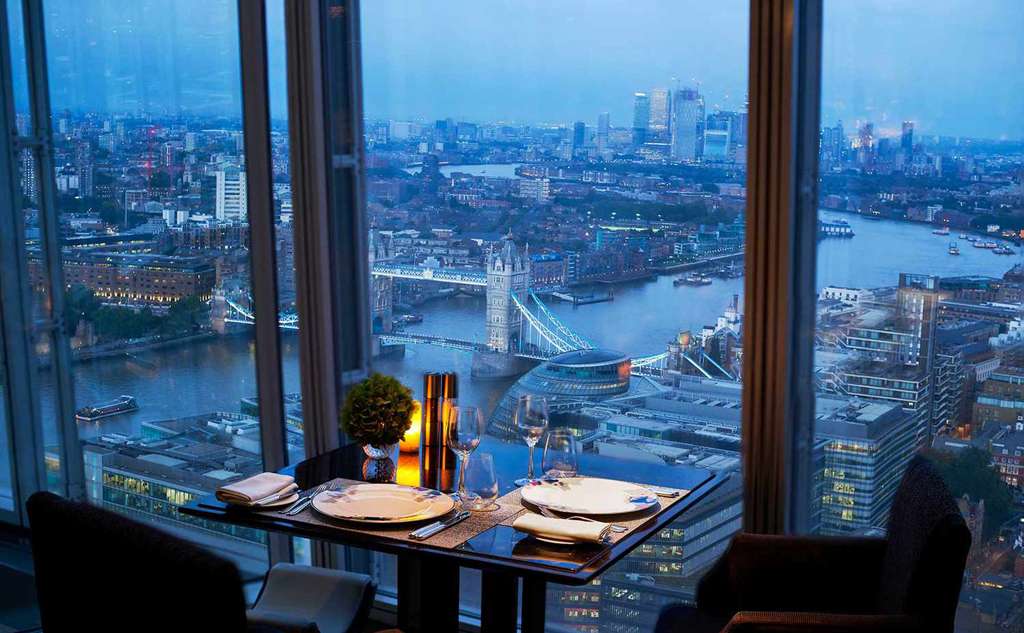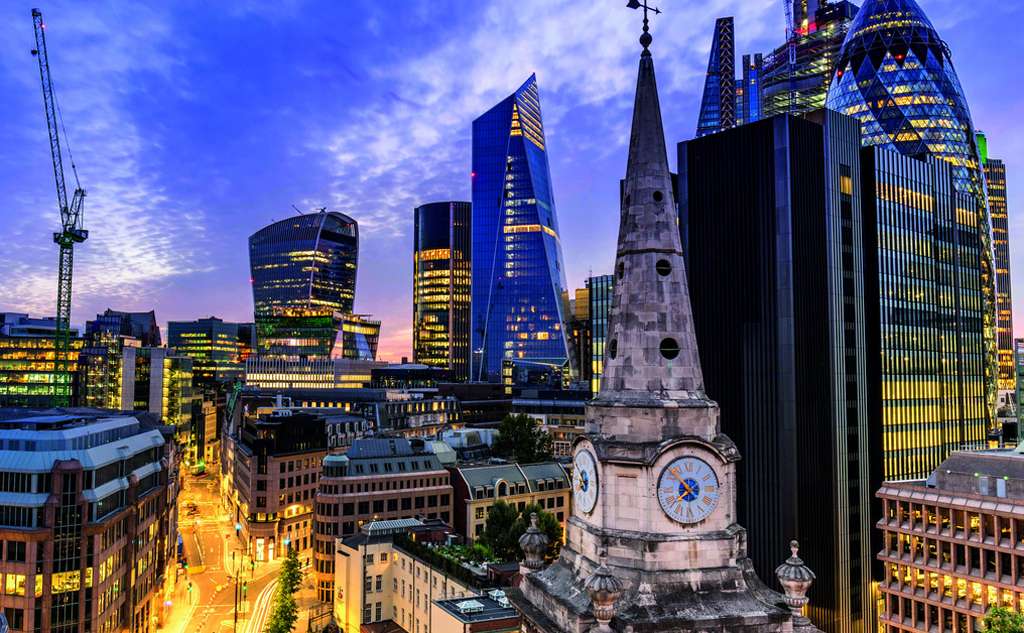Review of the hotels in London
admin
3245 Views Aman Spa, Buckingham Palace, Connaught, Covent Garden Theatre, David Collins, Guy Oliver, Helen Darroze, hotel tower hill, hotels in tower bridge, hotels near savoy theatre london, Hyde Park, hyde park international, Knightsbridge, London, marina hull restaurants, Native Bankside Aparthotel, Oxford Street, premier inn london city tower hill hotel, Queen Elizabeth II, Rosewood, Savoy Hotel, Sky Garden Skyscraper, staycity apartment hotel, staycity birmingham, the British Museum, The Cheval Three Quays Aparthotel, The Claridge's Hotel, The Mandarin Oriental in Hyde Park, the Royal Opera House, the Tower of London, the West End, Tower Bridge, tower bridge london hotel, tower hill hotel, Tower Hill Metro, Trafalgar Square, Wilde Aparthotels by Staycity Covent Garden, Wilde by Staycity London Aldgate Tower Bridge Aparthotel
The amazing and extraordinary city of London is the great
Read More


